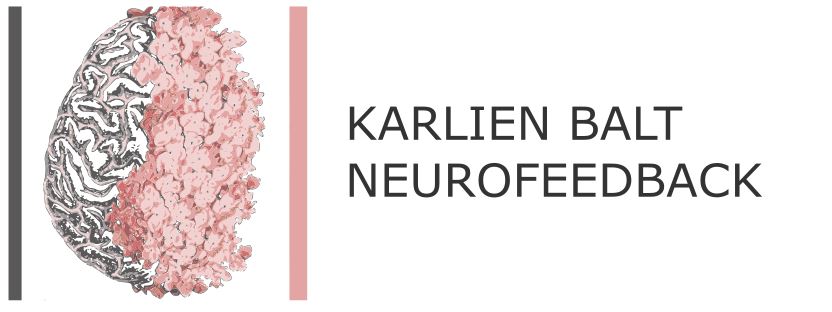“Biofeedback and Neurofeedback is a process that enables an individual to learn how to change physiological activity for the purposes of improving health and performance. Precise instruments measure physiological activity such as brainwaves, heart function, breathing, muscle activity, and skin temperature. These instruments rapidly and accurately ‘feed back’ information to the user. The presentation of this information — often in conjunction with changes in thinking, emotions, and behavior — supports desired physiological changes. Over time, these changes can endure without continued use of an instrument.”
How it works
Neurofeedback works through a response called operant conditioning. When the wanted brain operation is performed, a reward is given through the help of computer games, such as the popular PacMan or a movie playing with adjusting brightness. But unlike regular computer games, the person does not “play” by controlling a joystick, mouse, keyboard or other device. Instead, sensors are attached to the scalp and these sensors pick up brain signals that influence the way the game progresses.The person is supposed to naturally “allow” the game to proceed by generating the desired mix of brain waves. This signals the brain in a conditioning manner. Sensors may be placed at different points on the scalp that correspond to different regions of the brain. This way, the different regions of the brain may be “trained”. Since the different regions of the brain control different functions and behaviors, neurofeedback training is able to target each of them specifically.
After sufficient repetitions of the targeted brain operation the behavior associated with that particular brain process becomes learned behavior. Attention, relaxation, sleep and other behavioral states can thus be operantly conditioned and so become more easily accessible to the trainee.
Neurofeedback is an integration of clinical expertise with the best available research and can so address behavioral, cognitive and subjective functions. It is non-invasive, does not involve medication and is neither painful nor embarrassing. The effects are long-lasting and in most cases permanent.
Do you have trouble concentrating or with memory? Do you have problems with too much stress? Has your child been diagnosed with ADD/ADHD?
Then Neurofeedback training might be what you have been looking for.
We are dedicated to providing the best individual care available.
We do an individual assessment in order to determine the best possible training for each client.
Feel free to contact us If you or your loved ones need advice or care
Qualified Trainers
All our practitioners are trained under the guidelines of the Biofeedback Certification International Alliance (BCIA)
Technology
We pride ourselves in keeping up with the latest technology available in neurofeedback.
Health Solutions
When needed we work with other health care providers to give you the best possible service.

We Provide World Class Neurofeedback Training

